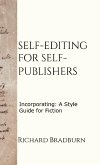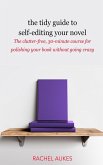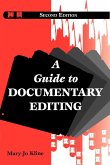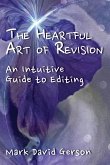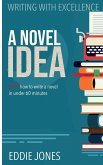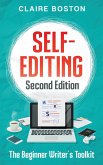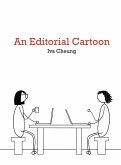An easy-to-use guide for writers, editors and students The Mini Style Guide covers the fundamentals of good writing and explains how to present a manuscript for publication. It is written in a direct and accessible manner suitable for all ages and backgrounds, and assumes no prior knowledge of the writing trade or the publishing industry. Explanations are accompanied by plentiful 'real life' examples, and each chapter opens with a humorous quotation. The book consists of three parts. Part 1 covers the essence of good writing, both factual and non-factual. It covers the principles of Plain English; words that are often misused or misspelled; and common grammatical and punctuation errors. Differences between Australian, British and American English are explored; inclusive writing is defined; and copyright law as it applies to writers is clarified. Part 2 explains the technicalities of how to present a manuscript. It examines the advantages and disadvantages of working exclusively on computer and working partly on hard copy; outlines the structure of a manuscript and the order of its various components; and explains how to compile a contents page to reflect the heading hierarchy. It explains how to treat quotations, lists, abbreviations and numbers; offers advice on presenting illustrations, tables, charts and graphs; and discusses bibliographical material and indexes. Part 3 explores possible publishing avenues; that is, commercial publishers, literary agents and self-publishing. It defines the role of each; explains which one is best suited to which type of writing; and includes advice on how to write a synopsis, select sample chapters and draft a covering letter. The Appendix contains templates of standard forms and letters that can be photocopied and tailored to suit individual needs. The Glossary contains commonly used terms to do with writing, publishing and printing. The Bibliography contains sources used and recommended. Foreword by Robert Fairhead, book reviewer at Writing NSW.
Hinweis: Dieser Artikel kann nur an eine deutsche Lieferadresse ausgeliefert werden.
Hinweis: Dieser Artikel kann nur an eine deutsche Lieferadresse ausgeliefert werden.


